HANS HOFMANN (1880-1966)
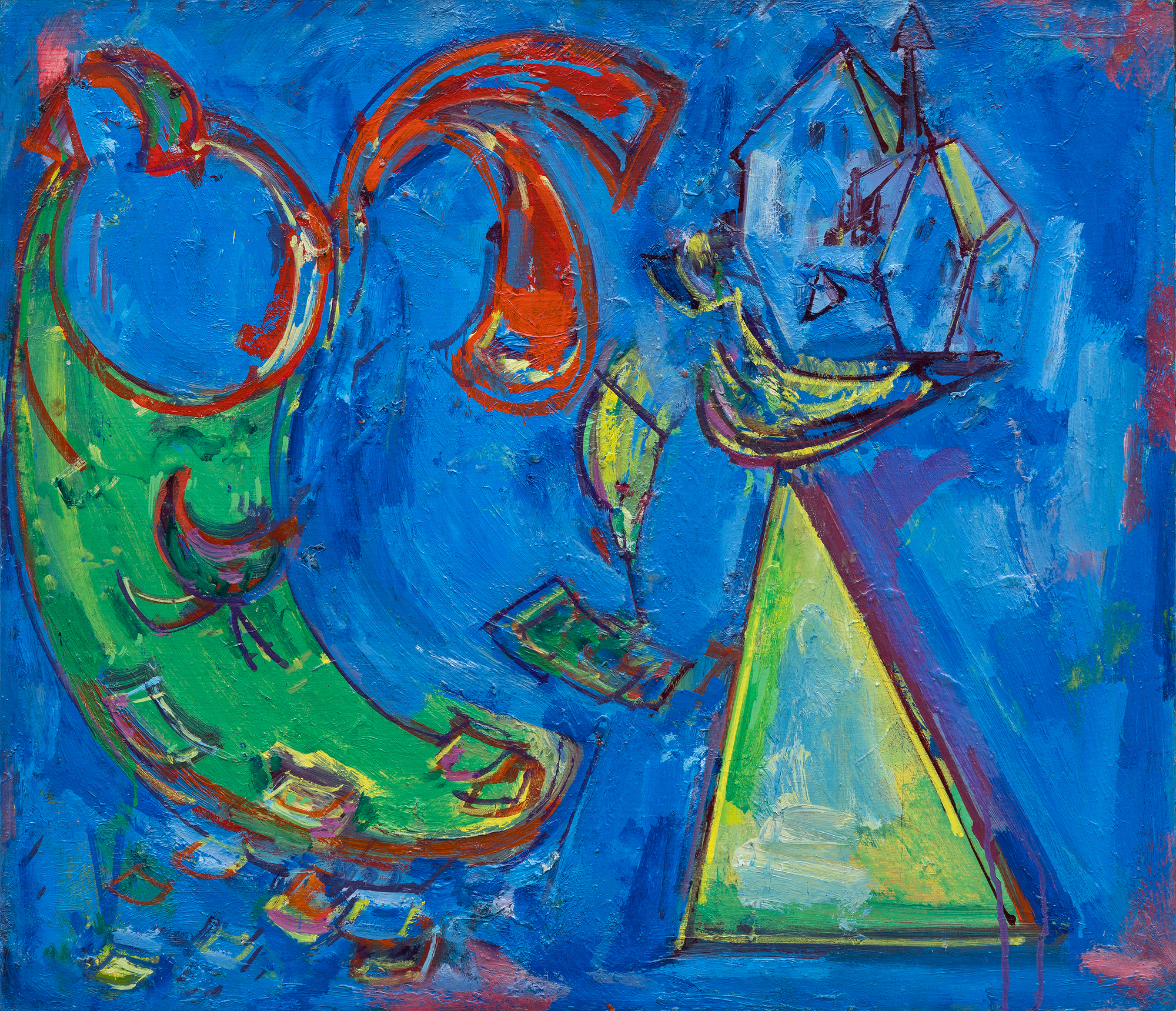
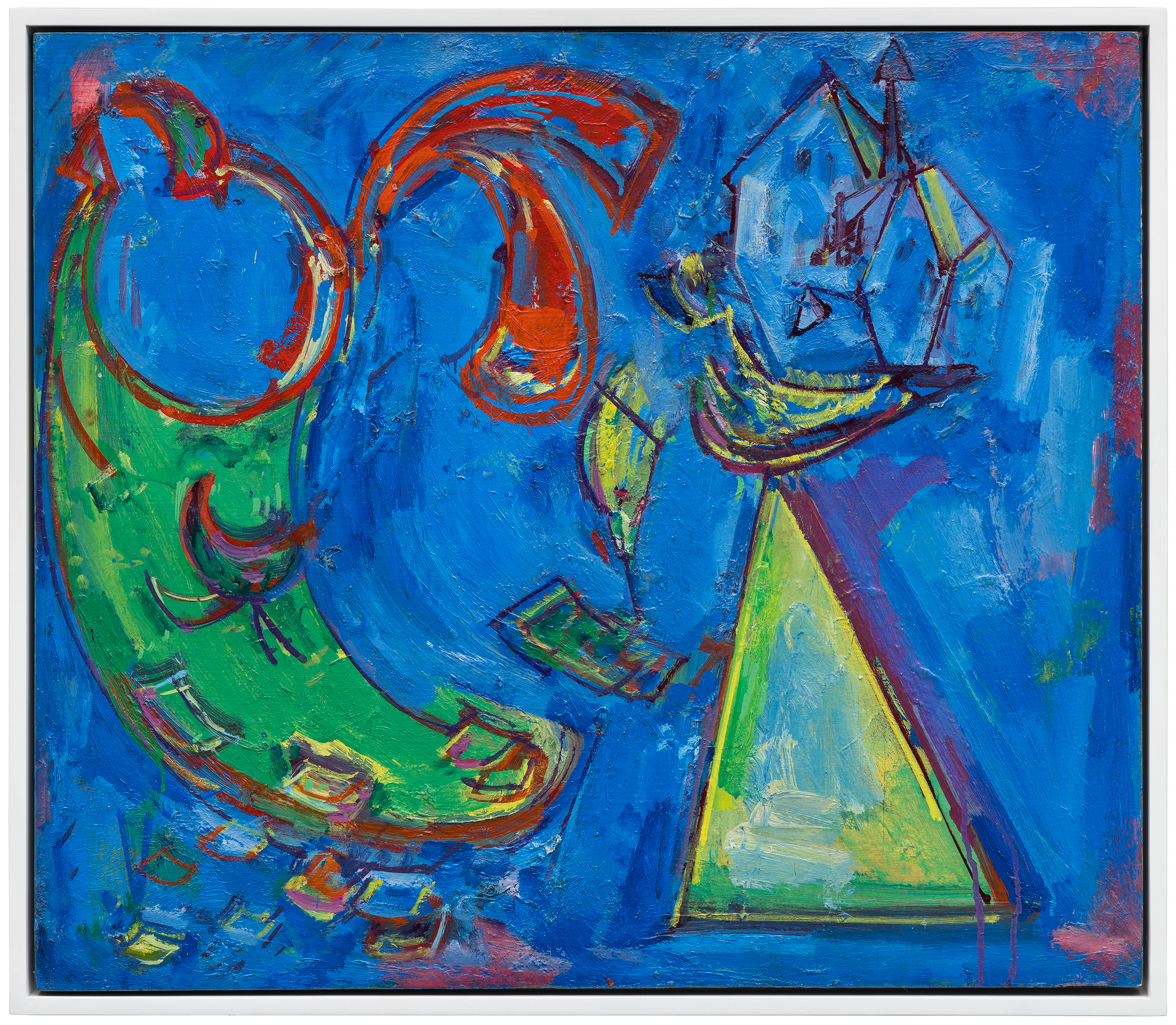
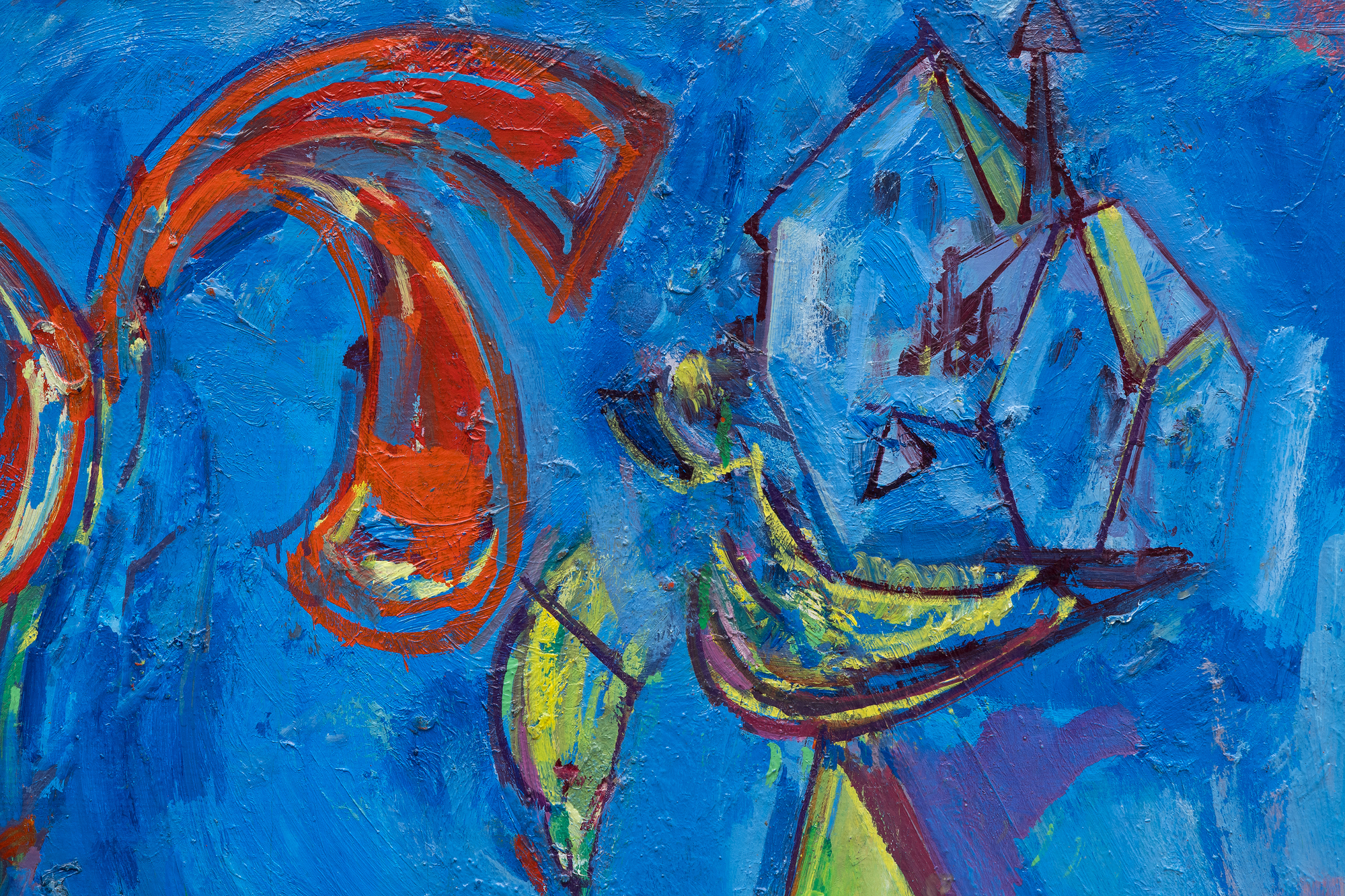

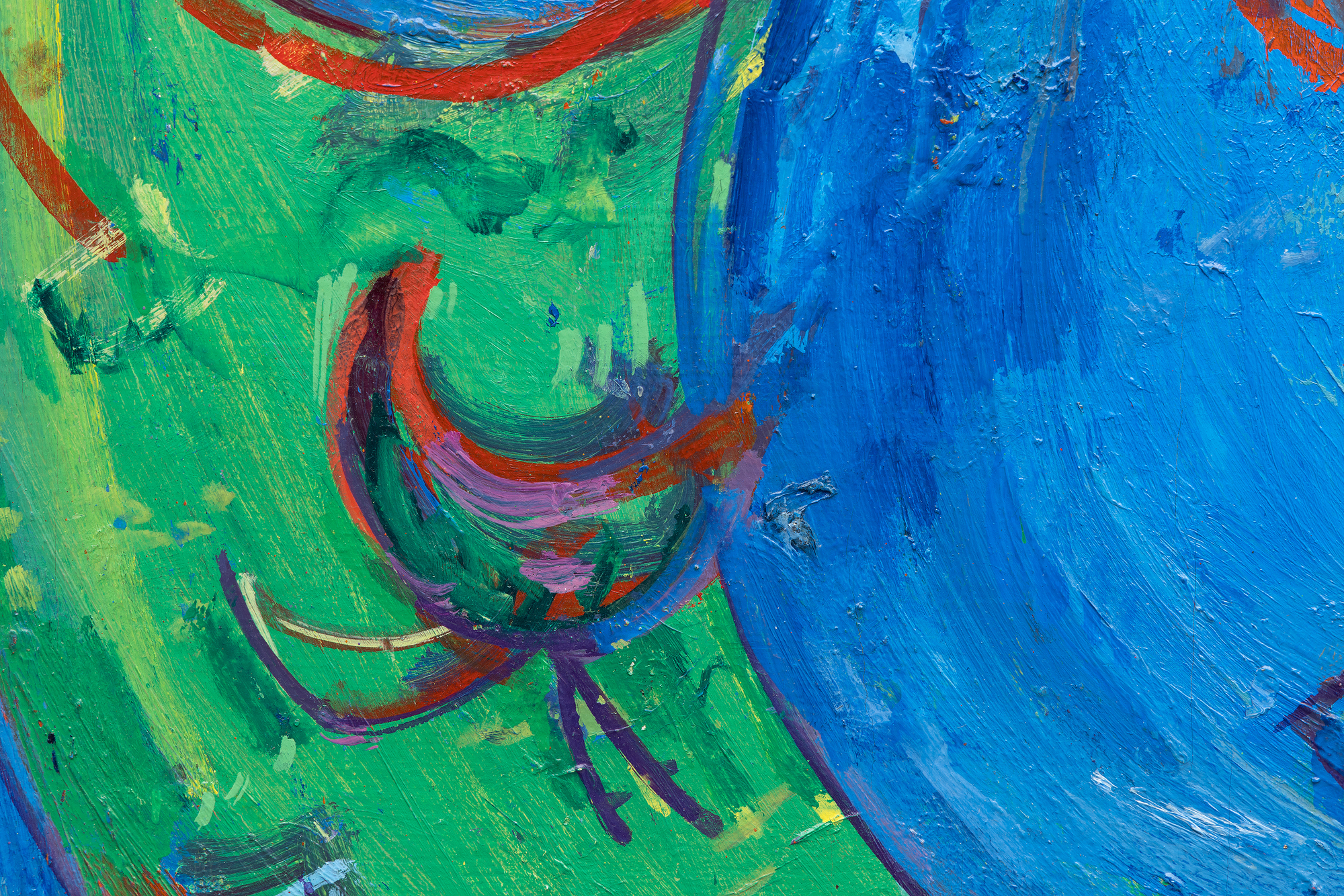

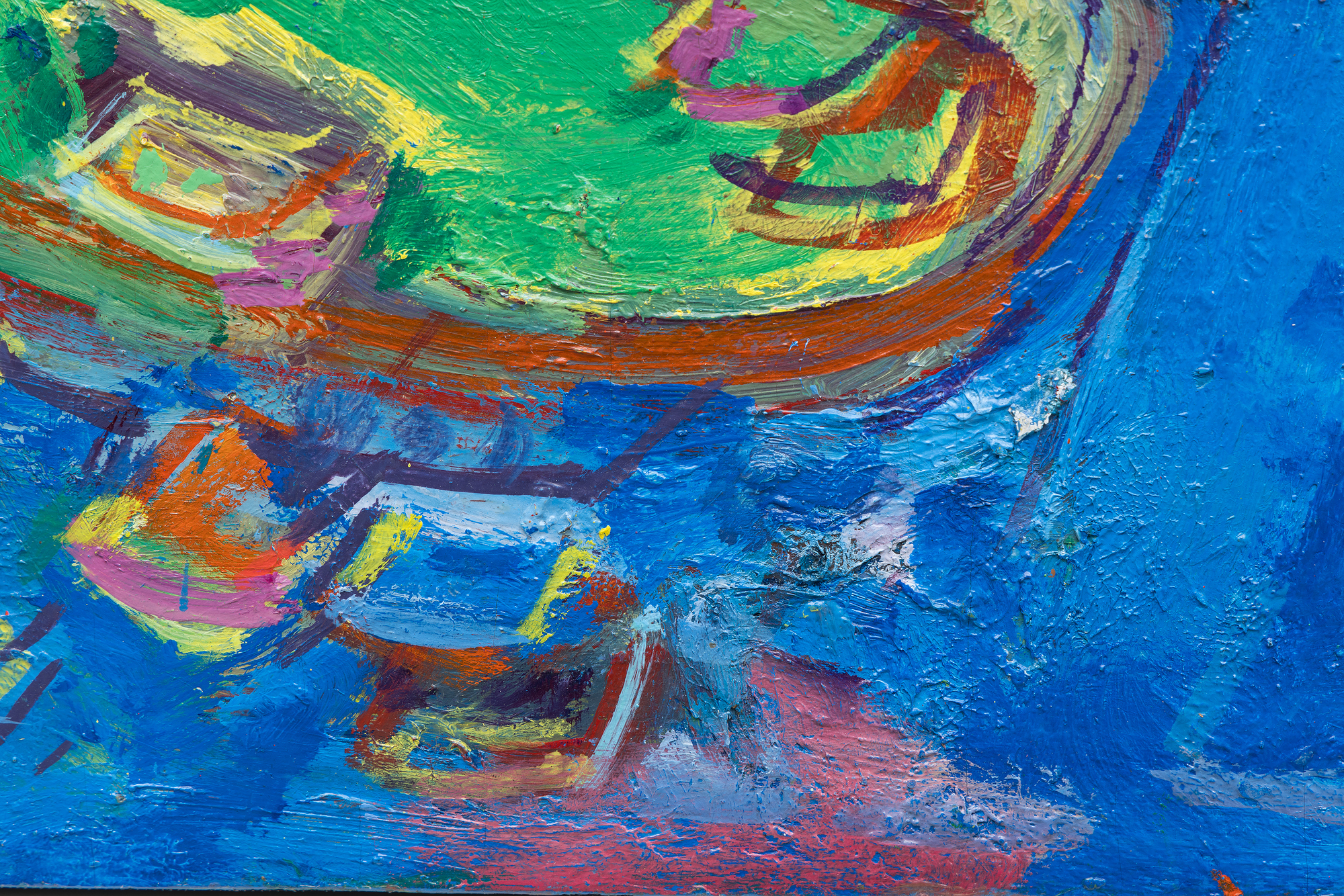

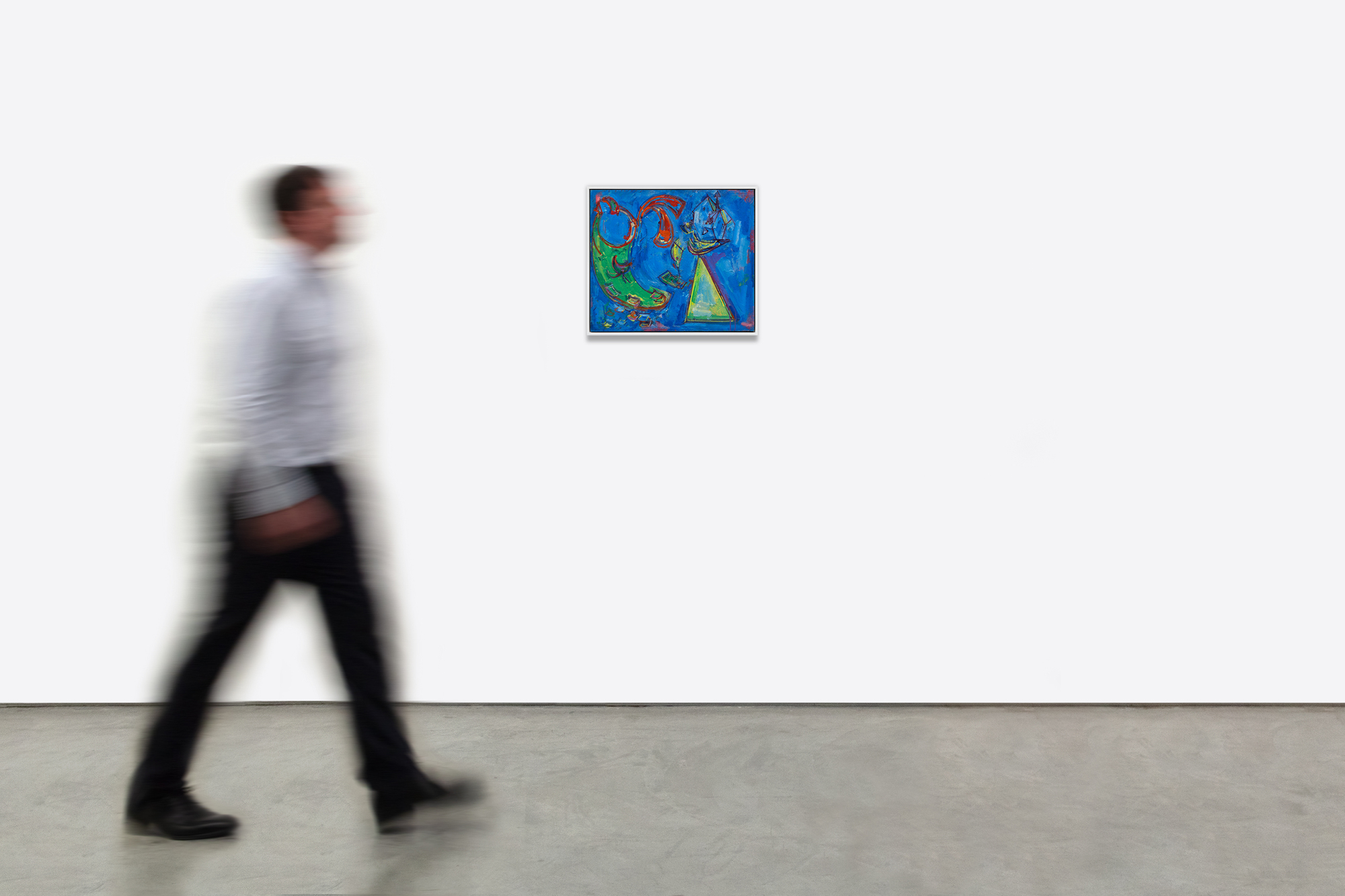
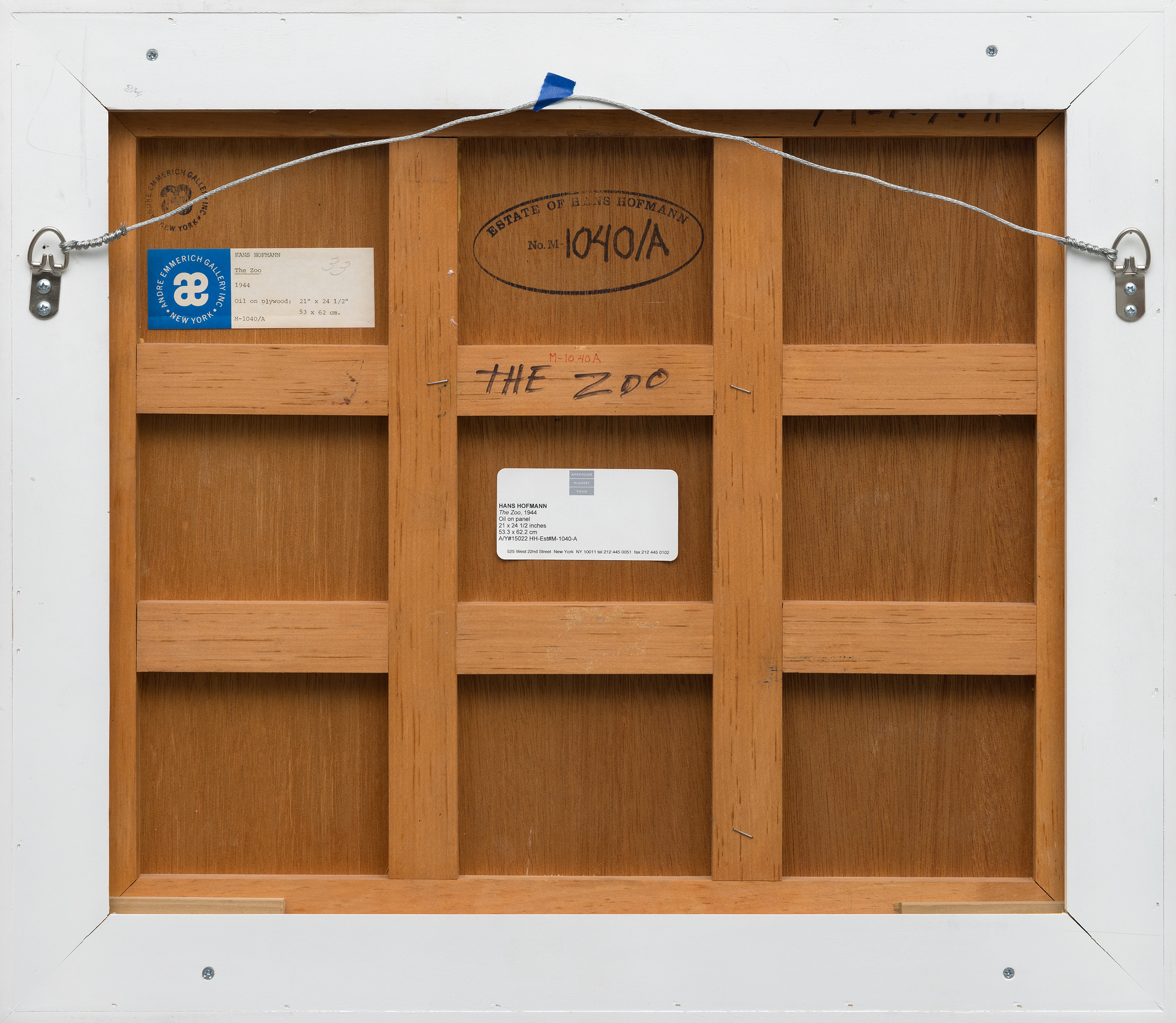
Provenance
Collection of the ArtistThe Renate, Hans and Maria Hofmann Trust, New York, New York
Ameringer | McEnry | Yohe, New York, New York
Private Collection, New Jersey
Exhibition
New York, New York, Ameringer | McEnry | Yohe, Hans Hofmann: Pictures of Summer: Paintings & Works on Paper, December 9, 2010 – January 29, 2011Literature
Ameringer | McEnery | Yohe, Hans Hofmann: Pictures of Summer: Paintings & Works on Paper, "Art in America," announcement for the exhibition, New York, New York, 2010, p. 11 (illustrated in color)Ameringer | McEnery ...More...| Yohe, Hans Hofmann: Pictures of Summer: Paintings & Works on Paper, "ARTnews," 109, no. 11, announcement for the exhibition, New York, New York, 2010, back cover (illustrated in color)
Suzi Villiger, Hans Hofmann: catalogue raisonne of paintings, volume II, Surrey, 2014, HH cat. no. 351-1944, p. 279 (illustrated in color)
...LESS... Price425,000
Heavily influenced by Surrealist automatism and the biomorphic forms of Joan Miró, the organic shapes and bold colors seem to pulse with life, blurring the boundary between abstraction and figuration. Yet, unlike Miró's delicate dreamscapes, Hofmann's brushwork carries a muscular energy, grounding the composition in his signature gestural style.
The Zoo reflects Hofmann's ability to balance spontaneity with deliberate compositional choices. The result is a vibrant, joy-filled work that celebrates the world's visual complexity and the boundless creative freedom of abstraction during this pivotal phase of his career.


